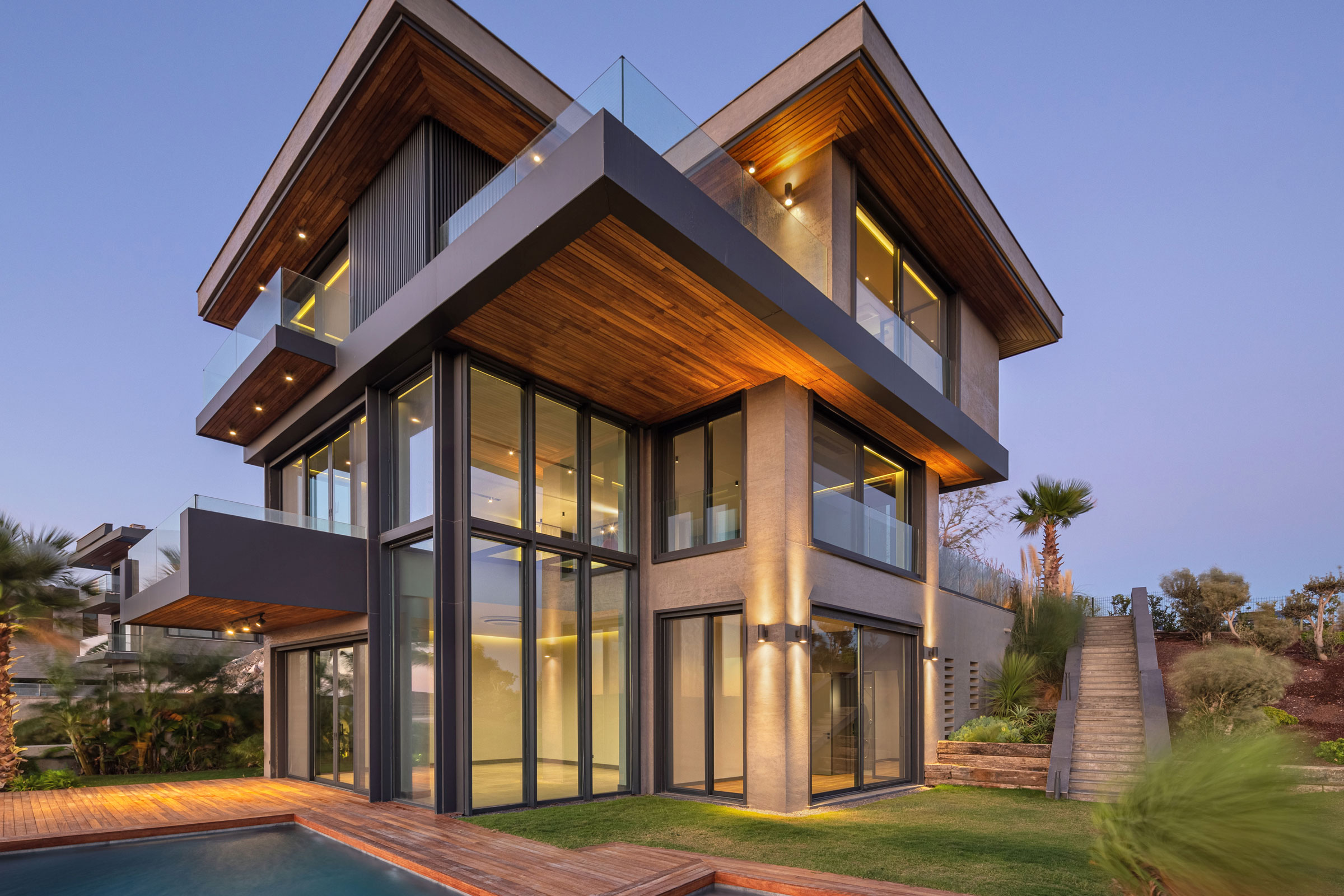Story at a glance:
- We explore the decking benefits of ThermoWood’s naturally thermally modified wood solutions.
- The ThermoWood modification process is patented, nontoxic, chemical-free, and is made using only heat and steam from FSC-and PEFC-certified lumber.
- Thermally modified wood is incredibly durable and dimensionally stable when compared to other traditional decking materials.
When you think of decking your mind probably goes to one material—wood. Wood is one of the most natural, renewable, and sustainable decking materials. But the problem with wood decking is that it’s often high maintenance. Wood, left untreated, is prone to warping, cracking, and splintering and requires regular maintenance to keep it in tip-top shape.
That is, unless you’re specifying ThermoWood®.
ThermoWood is a patented manufacturing process that produces ThermoWood—thermally modified wood products using natural methods, founded by the International Thermal Wood Association (ITWA). Unlike most thermally modified wood products, ThermoWood is completely nontoxic, using only heat and steam.
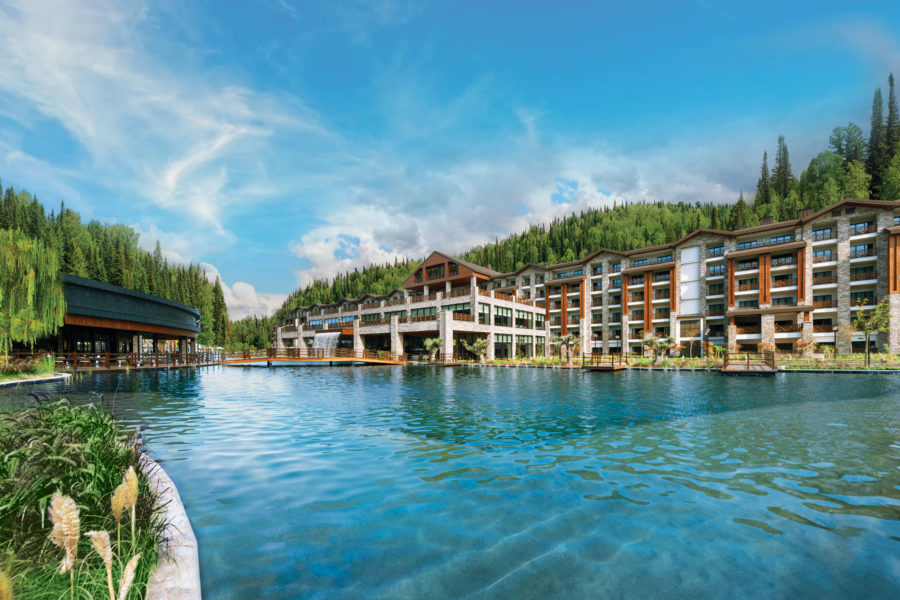
Photo courtesy of Tantimber
“Tantimber uses the high-quality thermal modification process, designed by ITWA, that results in high-quality, stable, and durable wood products,” says Mehmet Zenginler, cofounder and managing partner of G Wood Pro®, the exclusive supplier of Tantimber® ThermoWood products in the US. “ThermoWood is uniquely different in that only members of the ITWA have access to this patented process, which brings a host of benefits to projects.”
Here Zenginler explains why ThermoWood ranks above other decking materials to produce beautiful, durable, and sustainable decking products fit for projects across residential and commercial applications.
1. Durability
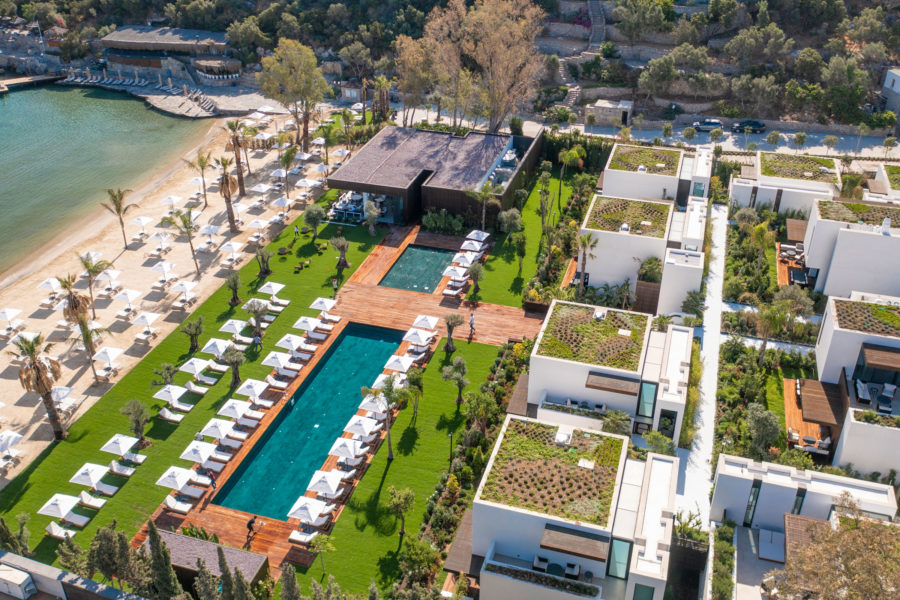
Photo courtesy of Tantimber
First and foremost ThermoWood is exceptionally durable, even when exposed to the most extreme environments. During the three-phase ThermoWood process, moisture and organic compounds are removed and then cooled using steam and water, resulting in a durable and dimensionally stable wood product.
In fact, ThermoWood’s ash, iroko, and oak species are Class 1 durability—the highest level of natural durability. In above-ground settings Class 1 durability wood species have a service life of more than 40 years, while in-ground applications have a service life of more than 25 years.
Other common ThermoWood species, like pine, is Class 2 durability. Class 2 durability species have an above-ground service life of 15 to 40 years and in-ground service life of 15 to 25 years.
2. Stability
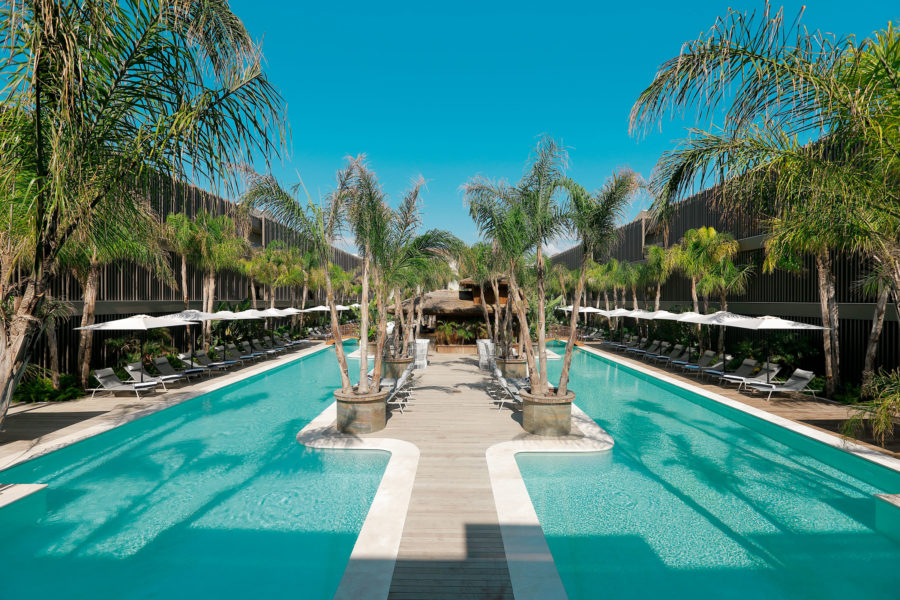
Photo courtesy of Tantimber
When you specify ThermoWood for decking projects, you can count on the material to maintain its beauty and strength despite its exposure to outside conditions.
“ThermoWood products do not expand and contract, warp, or decay,” Zenginler says. This is true even in coastal areas, where salt in the air is known to effect or damage outdoor building materials. Zenginler adds that ThermoWood is an ideal decking material for coastal applications, as well as saunas, docks, or pools, where extreme moisture and salt air is a concern.
“Because ThermoWood is resistant to moisture, it’s also resistant to rotting and molding and won’t become a home to insects or fungi,” he says.
3. Ease of Installation and Maintenance
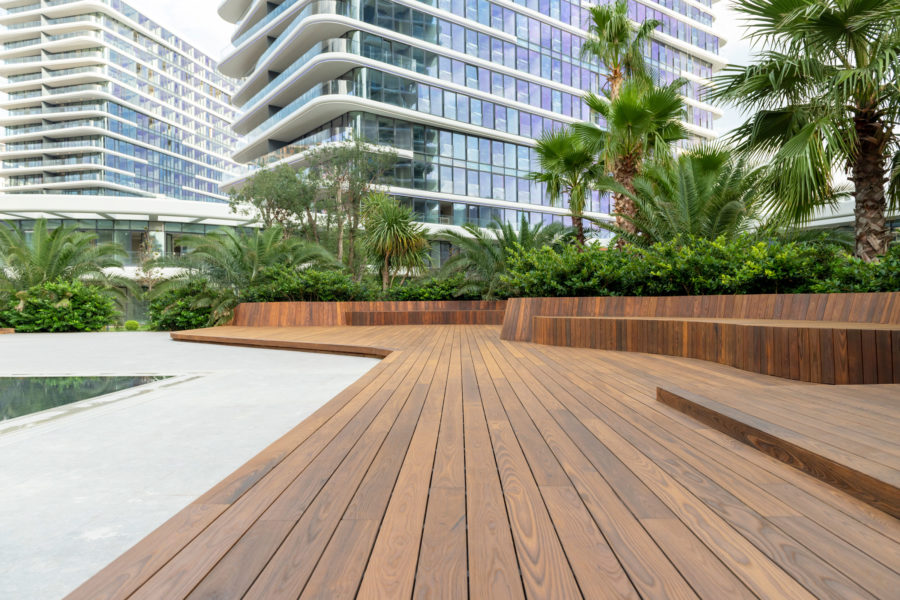
Thanks to the ThermoWood process, Tantimber products are durable, stable, and easy to maintain while having the added biophilic benefits of warmth and naturalness in design. Photo courtesy of Tantimber
ThermoWood is easy to install because it doesn’t require special tools compared to other decking materials like IPE and other tropical hardwoods. ThermoWood is extremely light and can be used with its hidden fasteners, making installation and maintenance a breeze.
Tantimber’s TENI and Tantak clip by Grad clips hidden fasteners create significantly more and continuous airflow by enabling the boards to sit on the clips systems, which prevents moisture buildup between the deck boards and joists. With a traditional decking installation, the boards sit directly on the joists where moisture can pool and reduce the lifespan of the joists over time.
Additionally, with the TENI clips system, each board can be removed individually to retrieve a dropped item, to clean underneath the deck if needed or to replace a single board when needed, which saves the rest of the deck from harm.
“The hidden fasteners are a flexible system that allow for evenly spaced deck boards, and they are a cinch to install,” Zenginler says. Additionally, each board can pop out to retrieve a dropped item or to replace a single board if needed, which saves the rest of the deck from harm.
4. Sustainability
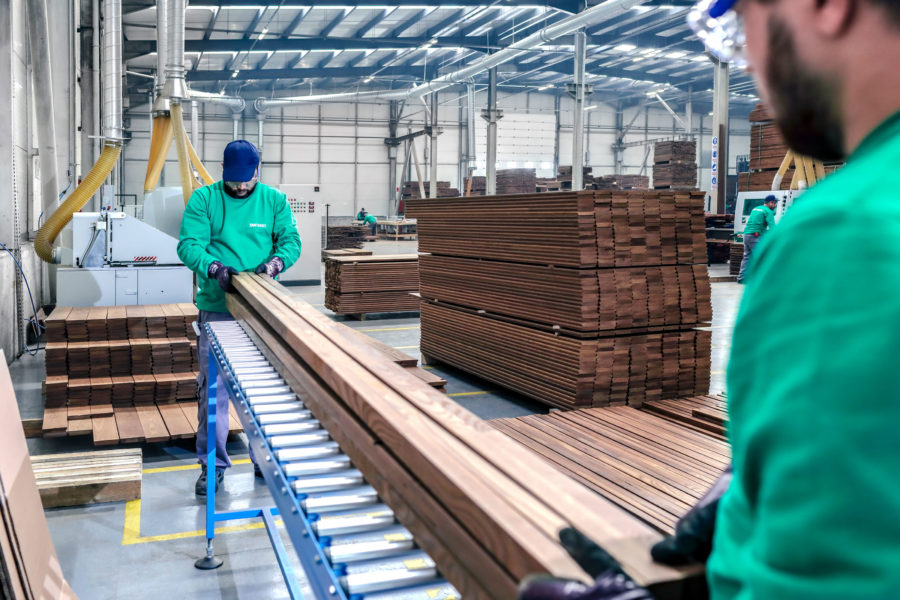
Photo courtesy of Tantimber
Using ThermoWood in your designs is an investment in the planet. “Sustainability and quality are our highest priorities,” Zenginler says.
Tantimber ThermoWood products are chemical-free, nontoxic, eco-friendly, and 100% recyclable. The raw materials used to manufacture ThermoWood products are sourced from responsibly managed and sustainable forests, which are FSC- and PEFC-certified, across the globe.
“Tantimber ThermoWood is an exceptional alternative to endangered South American hardwoods; environmentally damaging petroleum-based wood imitations, such as synthetic and composite and WPC materials; and hybrid products,” says Zenginler.
Thanks in part to its durability, the longevity of ThermoWood adds another layer of sustainability. ThermoWood outlasts most wood decking materials without the need to be replaced or coated every few years.
At the end of the day you want a decking material that is strong, durable, easy to take care of, and sustainable. For projects that call for natural wood, Tantimber’s ThermoWood provides all of the above and more. It’s worth the investment—and your reputation.

